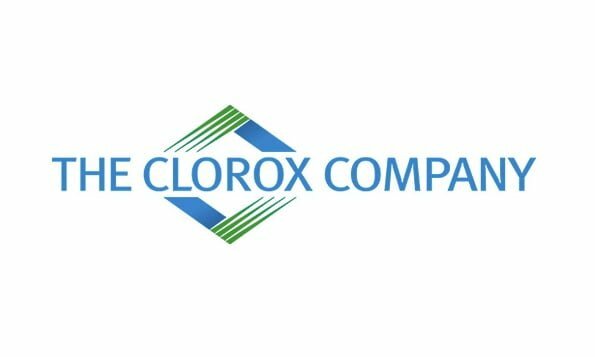 (Credit: The Clorox Company)
(Credit: The Clorox Company)The Clorox Company has announced new science-based targets (SBTs) as part of its climate strategy, which will put the company on a path to net zero emissions across Scopes 1, 2 and 3 by 2050. By 2030, Clorox aims to reduce carbon emissions across its operations (Scopes 1 and 2) by 50% and pledges to reduce its value chain emissions (Scope 3) from its purchased goods and services and use of sold products by 25%, all on an absolute basis against a 2020 baseline.
Clorox's SBTs are in line with the Paris Agreement and have been approved by the Science Based Targets initiative, a partnership that defines and promotes best practice in science-based target setting and independently assesses companies' targets.
These new targets advance Clorox's IGNITE strategy, which was introduced in 2019 to drive growth and create value for both shareholders and society. IGNITE is grounded in strategic choices and environmental, social and governance (ESG) goals focused on Clorox's strategic pillars, where the company believes it can have the greatest impact.
Here’s how Clorox plans to reach its net zero by 2050 goal:
The majority of the company's carbon footprint comes from Scope 3 emissions, which the company expects to address by prioritizing emissions reductions. The company will incorporate climate considerations into purchased goods and services, reduce virgin material and increase the use of post-consumer recycled content in packaging and innovate to reduce the carbon footprint of products. Clorox's target for the emissions from its value chain (Scope 3) meet the SBTi's criteria for ambitious value chain goals, meaning they are in line with current best practice.